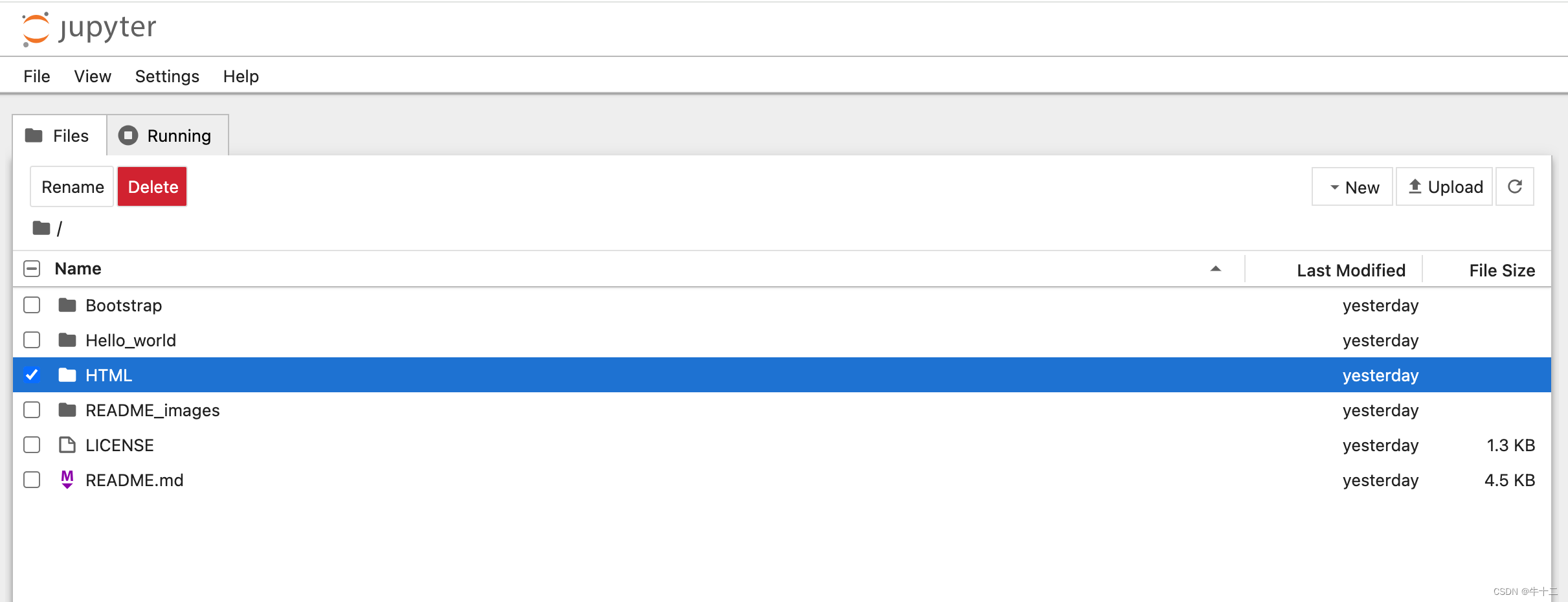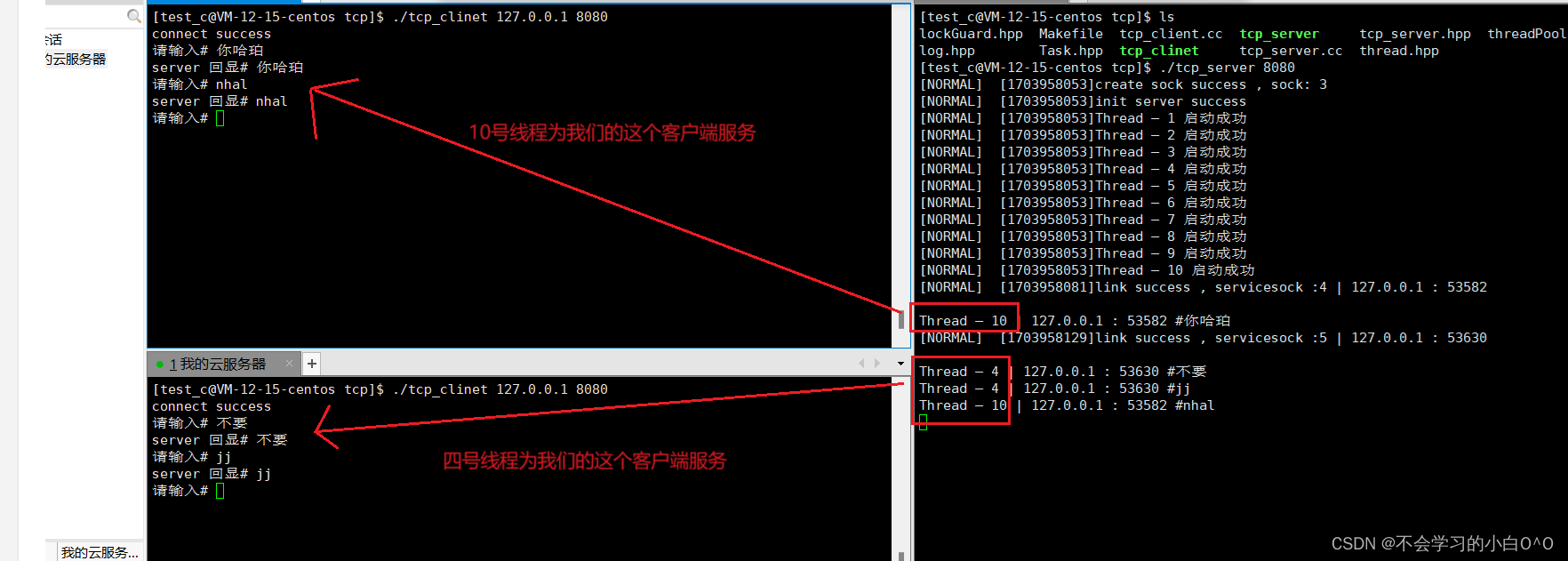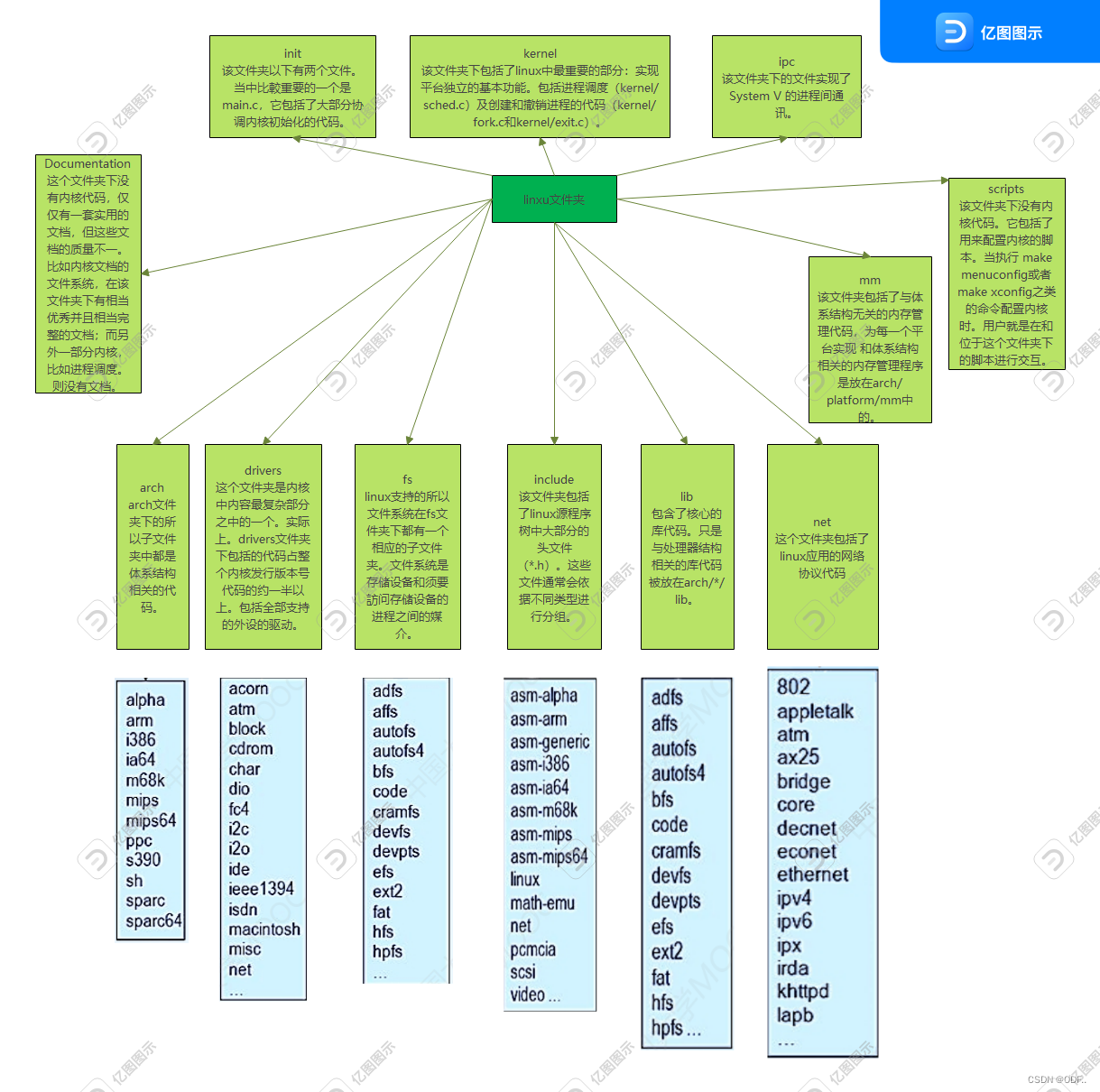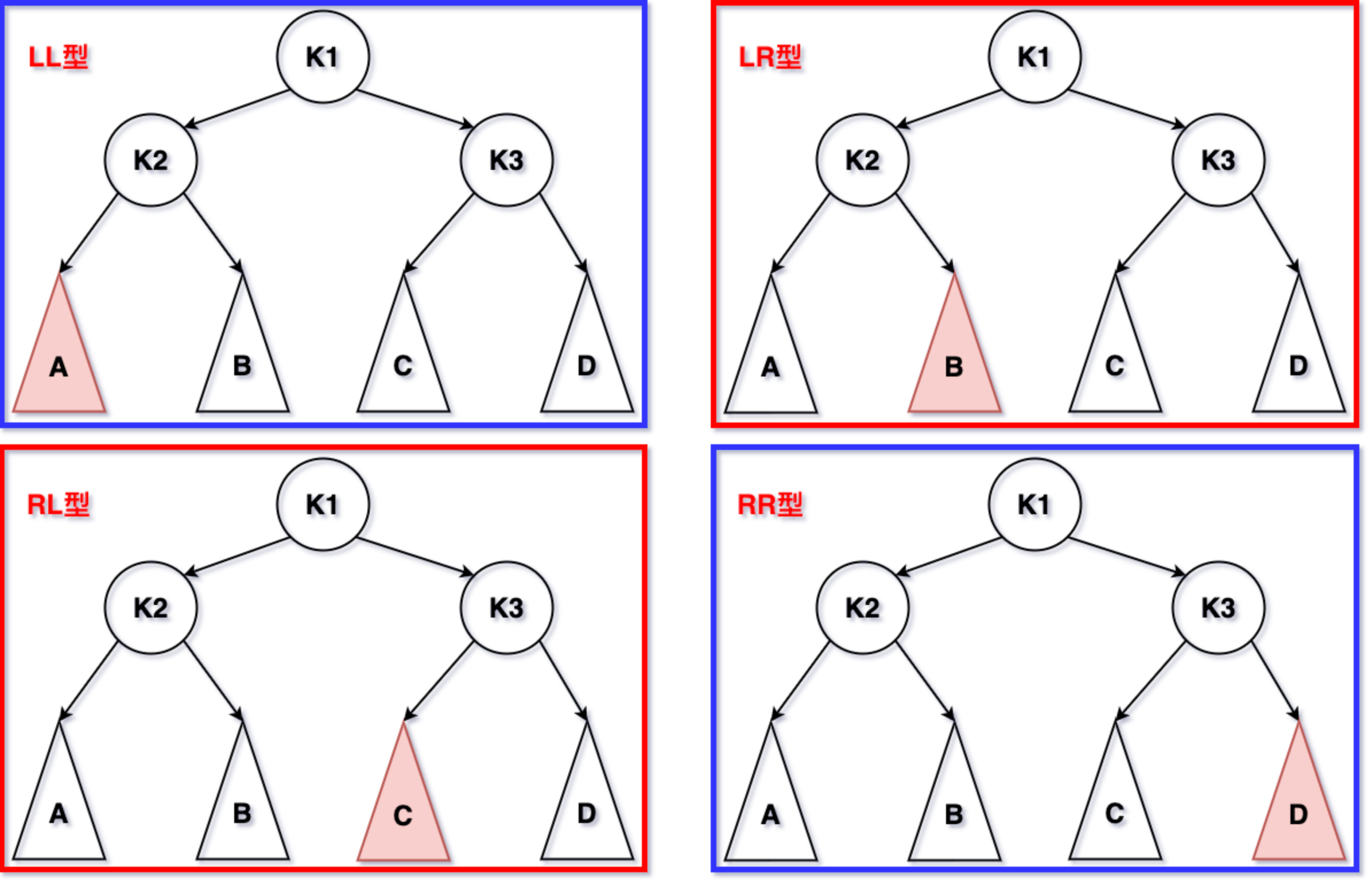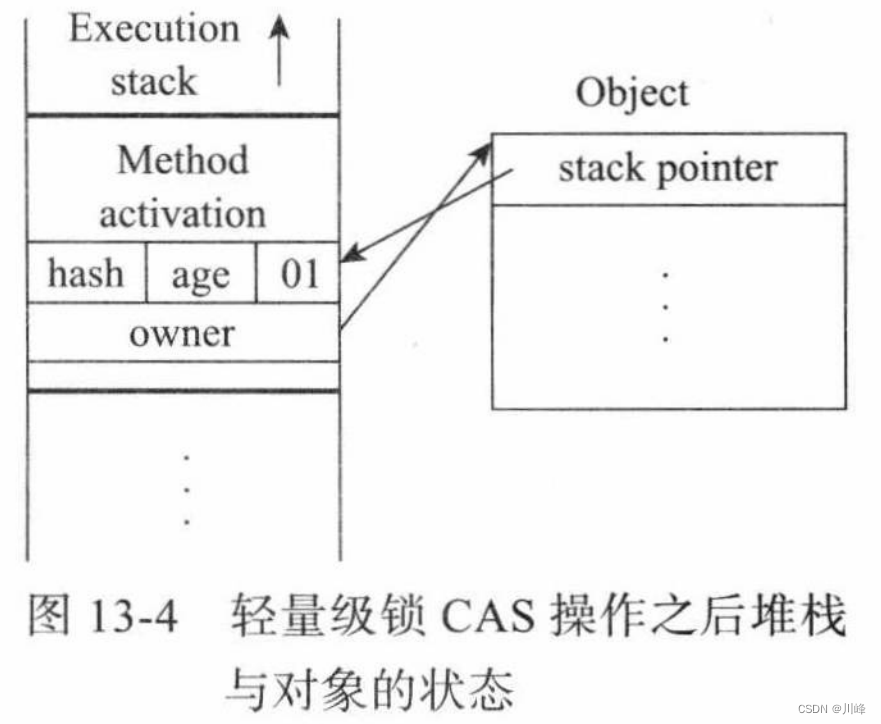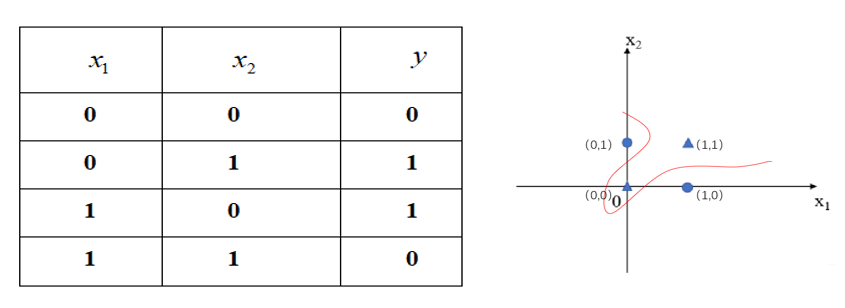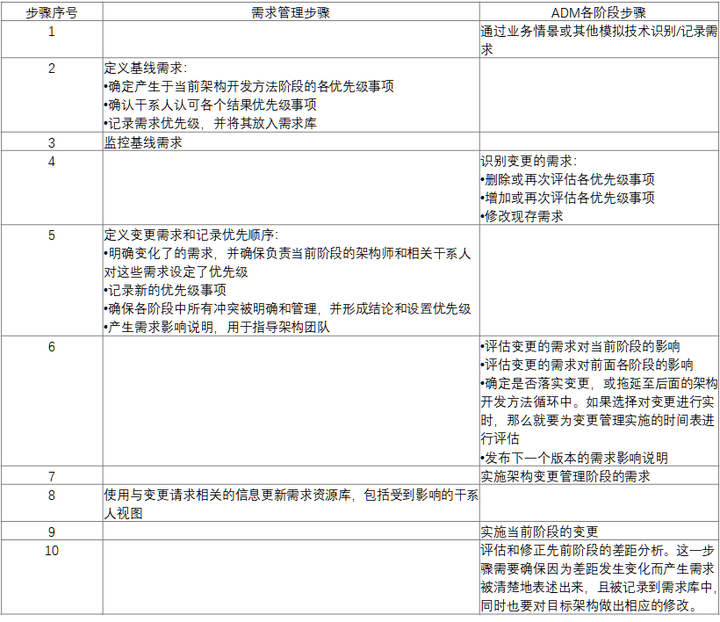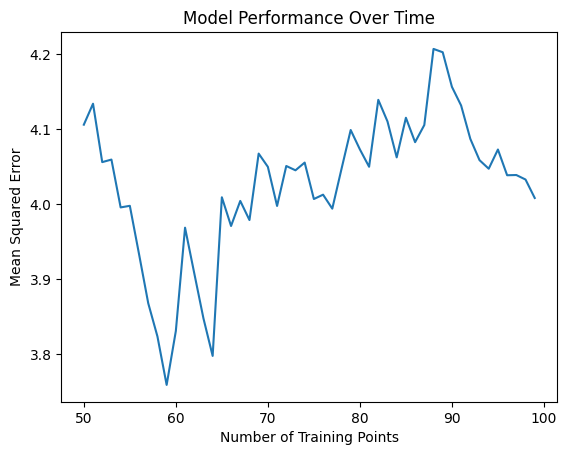tombstone墓碑生成机制
Android中程序在运行时会遇到各种各样的问题,相应的就会产生各种异常信号,比如常见的异常信号 Singal 11:Segmentation fault表示无效的地址进行了操作,比如内存越界、空指针调用等。
Android中在进程(主要指native进程)崩溃时会生成墓碑文件,这些文件中记录了崩溃时的调用堆栈、日志信息、寄存器二进制数据等等,用以帮助开发者已经崩溃问题。
墓碑文件默认保存在**/data/tombstones/**目录中,以tombstone_xxx(xxx表示编号)方式命名。墓碑文件数量有上限,达到上限时会删除最旧的墓碑文件,可以通过配置属性 tombstoned.max_tombstone_count来修改默认的墓碑文件数量。
本文源码基于Android12版本。
墓碑环境初始化

bionic为程序初始化墓碑生成环境
bionic是android提供的符合POSIX接口的标准C库,其中提供了Linker(动态连接器)。动态链接器的作用是在运行动态链接的可执行文件时,动态链接器负责加载程序到内存中,并解析对符号的引用。
bionic在Linker中初始化墓碑生成环境,下面的汇编代码中执行了__linker_init这个符号(函数)
//bionic/linker/arch/arm64/begin.S
#include <private/bionic_asm.h>
ENTRY(_start)
// Force unwinds to end in this function.
.cfi_undefined x30
mov x0, sp
bl __linker_init
/* linker init returns the _entry address in the main image */
br x0
END(_start)
__linker_init这个函数定义在/bionic/linker/linker_main.cpp中,先后执行__linker_init、__linker_init_post_relocation、linker_main。在linker_main函数中,调用linker_debuggerd_init,初始化墓碑生成环境。另外,在linker_main函数中可以看到很多比较重要的初始化函数,比如__system_properties_init。
//bionic/linker/linker_main.cpp
extern "C" ElfW(Addr) __linker_init(void* raw_args) {
// Initialize TLS early so system calls and errno work.
// 省略
return __linker_init_post_relocation(args, tmp_linker_so);
}
static ElfW(Addr) __attribute__((noinline))
__linker_init_post_relocation(KernelArgumentBlock& args, soinfo& tmp_linker_so) {
// 省略
// 执行linker_main
ElfW(Addr) start_address = linker_main(args, exe_to_load);
if (g_is_ldd) _exit(EXIT_SUCCESS);
INFO("[ Jumping to _start (%p)... ]", reinterpret_cast<void*>(start_address));
// Return the address that the calling assembly stub should jump to.
return start_address;
}
static ElfW(Addr) linker_main(KernelArgumentBlock& args, const char* exe_to_load) {
ProtectedDataGuard guard;
#if TIMING
struct timeval t0, t1;
gettimeofday(&t0, 0);
#endif
// Sanitize the environment.
__libc_init_AT_SECURE(args.envp);
// Initialize system properties
__system_properties_init(); // may use 'environ'
// Initialize platform properties.
platform_properties_init();
// 这里!!!
// Register the debuggerd signal handler.
linker_debuggerd_init();
// 省略
return entry;
}
linker_debuggerd_init函数定义在/bionic/linker/linker_debuggerd_android.cpp中,该函数调用了libdebuggerd_handler_core库(/system/core/debuggerd)的debuggerd_init函数。
//bionic/linker/linker_debuggerd_android.cpp
void linker_debuggerd_init() {
// There may be a version mismatch between the bootstrap linker and the crash_dump in the APEX,
// so don't pass in any process info from the bootstrap linker.
debuggerd_callbacks_t callbacks = {
#if defined(__ANDROID_APEX__)
.get_process_info = get_process_info,
#endif
.post_dump = notify_gdb_of_libraries,
};
// 这里
debuggerd_init(&callbacks);
}
debuggerd模块为Signal安装处理的Handler
debuggerd_init函数中,会为各个异常信号Signal注册用来处理信号的Handler。这样当程序发生异常时,就会调用注册好的Handler。
//system/core/debuggerd/handler/debuggerd_handler.cpp
void debuggerd_init(debuggerd_callbacks_t* callbacks) {
// 省略
// linux sigaction的标准用法
struct sigaction action;
memset(&action, 0, sizeof(action));
sigfillset(&action.sa_mask);
// debuggerd_signal_handler就是用来处理异常信号的Handler
action.sa_sigaction = debuggerd_signal_handler;
action.sa_flags = SA_RESTART | SA_SIGINFO;
// Use the alternate signal stack if available so we can catch stack overflows.
action.sa_flags |= SA_ONSTACK;
#define SA_EXPOSE_TAGBITS 0x00000800
// Request that the kernel set tag bits in the fault address. This is necessary for diagnosing MTE
// faults.
action.sa_flags |= SA_EXPOSE_TAGBITS;
// 为各个异常信号注册Handler
debuggerd_register_handlers(&action);
}
debuggerd_register_handlers函数在头文件中实现(这种形式叫内联函数)。可以通过ro.debuggable或debug.debuggerd.disable属性来控制注册过程。
//system/core/debuggerd/include/debuggerd/handler.h
static void __attribute__((__unused__)) debuggerd_register_handlers(struct sigaction* action) {
char value[PROP_VALUE_MAX] = "";
bool enabled =
!(__system_property_get("ro.debuggable", value) > 0 && !strcmp(value, "1") &&
__system_property_get("debug.debuggerd.disable", value) > 0 && !strcmp(value, "1"));
if (enabled) {
// 针对不同异常注册
sigaction(SIGABRT, action, nullptr);
sigaction(SIGBUS, action, nullptr);
sigaction(SIGFPE, action, nullptr);
sigaction(SIGILL, action, nullptr);
sigaction(SIGSEGV, action, nullptr);
sigaction(SIGSTKFLT, action, nullptr);
sigaction(SIGSYS, action, nullptr);
sigaction(SIGTRAP, action, nullptr);
}
sigaction(BIONIC_SIGNAL_DEBUGGER, action, nullptr);
}
到此墓碑环境注册完成,在这个流程中可以选择通过ro.debuggable或debug.debuggerd.disable来关闭墓碑。
墓碑生成流程

完成了上述墓碑环境初始化后,当程序运行发生异常,比如内存越界触发了SIGSEGV就会调用debuggerd_signal_handler这个函数(
//system/core/debuggerd/handler/debuggerd_handler.cpp
// Handler that does crash dumping by forking and doing the processing in the child.
// Do this by ptracing the relevant thread, and then execing debuggerd to do the actual dump.
static void debuggerd_signal_handler(int signal_number, siginfo_t* info, void* context) {
// 省略
// clone一个子进程出来(在clone出来的进程中处理墓碑生成)
// Essentially pthread_create without CLONE_FILES, so we still work during file descriptor
// exhaustion.
pid_t child_pid =
clone(debuggerd_dispatch_pseudothread, pseudothread_stack,
CLONE_THREAD | CLONE_SIGHAND | CLONE_VM | CLONE_CHILD_SETTID | CLONE_CHILD_CLEARTID,
&thread_info, nullptr, nullptr, &thread_info.pseudothread_tid);
if (child_pid == -1) {
fatal_errno("failed to spawn debuggerd dispatch thread");
}
// Wait for the child to start...
futex_wait(&thread_info.pseudothread_tid, -1);
// and then wait for it to terminate.
futex_wait(&thread_info.pseudothread_tid, child_pid);
// 后面是一些收尾处理
// Restore PR_SET_DUMPABLE to its original value.
if (prctl(PR_SET_DUMPABLE, orig_dumpable) != 0) {
fatal_errno("failed to restore dumpable");
}
// Restore PR_SET_PTRACER to its original value.
if (restore_orig_ptracer && prctl(PR_SET_PTRACER, 0) != 0) {
fatal_errno("failed to restore traceable");
}
if (info->si_signo == BIONIC_SIGNAL_DEBUGGER) {
// If the signal is fatal, don't unlock the mutex to prevent other crashing threads from
// starting to dump right before our death.
pthread_mutex_unlock(&crash_mutex);
} else {
// Resend the signal, so that either the debugger or the parent's waitpid sees it.
resend_signal(info);
}
}
上面的函数中,clone了一个子进程来处理了墓碑生成流程。clone出来的子进程会执行debuggerd_dispatch_pseudothread函数。
static int debuggerd_dispatch_pseudothread(void* arg) {
// 省略
// 创建pipe管理(因为后面还要fork一个进程来执行crash_dump64这个bin程序)
// pipe用来与之后fork的进程通信用
unique_fd input_read, input_write;
unique_fd output_read, output_write;
if (!Pipe(&input_read, &input_write) != 0 || !Pipe(&output_read, &output_write)) {
fatal_errno("failed to create pipe");
}
// fork一个子进程
// Don't use fork(2) to avoid calling pthread_atfork handlers.
pid_t crash_dump_pid = __fork();
if (crash_dump_pid == -1) {
async_safe_format_log(ANDROID_LOG_FATAL, "libc",
"failed to fork in debuggerd signal handler: %s", strerror(errno));
} else if (crash_dump_pid == 0) {
// 省略
// 子进程执行 "/apex/com.android.runtime/bin/crash_dump64 这个程序
// crash_dump64程序是墓碑文件真正的生成者
execle(CRASH_DUMP_PATH, CRASH_DUMP_NAME, main_tid, pseudothread_tid, debuggerd_dump_type,
nullptr, nullptr);
async_safe_format_log(ANDROID_LOG_FATAL, "libc", "failed to exec crash_dump helper: %s",
strerror(errno));
return 1;
}
// 省略
}
在debuggerd_dispatch_pseudothread中主要做了两个事件,一个是创建Pipe用来与子进程通信。一个是fork了一个子进程,让子进程执行crash_dump64这个二进制程序。crash_dump64这个二进制程序中会真正的生成墓碑文件。
crash_dump64的实现在/system/core/debuggerd/crash_dump.cpp
int main(int argc, char** argv) {
// 省略
// 判断debug.debuggerd.wait_for_debugger,是否等待gdb
// Defer the message until later, for readability.
bool wait_for_debugger = android::base::GetBoolProperty(
"debug.debuggerd.wait_for_debugger",
android::base::GetBoolProperty("debug.debuggerd.wait_for_gdb", false));
if (siginfo.si_signo == BIONIC_SIGNAL_DEBUGGER) {
wait_for_debugger = false;
}
// 连接tombstoned守护进程,通过tombstoned得到墓碑文件的FD(g_output_fd)
{
ATRACE_NAME("tombstoned_connect");
LOG(INFO) << "obtaining output fd from tombstoned, type: " << dump_type;
g_tombstoned_connected = tombstoned_connect(g_target_thread, &g_tombstoned_socket, &g_output_fd,
&g_proto_fd, dump_type);
}
// 使用unwindstack生成函数调用堆栈
// TODO: Use seccomp to lock ourselves down.
unwindstack::UnwinderFromPid unwinder(256, vm_pid, unwindstack::Regs::CurrentArch());
if (!unwinder.Init()) {
LOG(FATAL) << "Failed to init unwinder object.";
}
// 生成墓碑文件中的内容
std::string amfd_data;
if (backtrace) {
ATRACE_NAME("dump_backtrace");
dump_backtrace(std::move(g_output_fd), &unwinder, thread_info, g_target_thread);
} else {
{
ATRACE_NAME("fdsan table dump");
populate_fdsan_table(&open_files, unwinder.GetProcessMemory(),
process_info.fdsan_table_address);
}
{
ATRACE_NAME("engrave_tombstone");
// 这里,生成墓碑
engrave_tombstone(std::move(g_output_fd), std::move(g_proto_fd), &unwinder, thread_info,
g_target_thread, process_info, &open_files, &amfd_data);
}
}
//
return 0;
}
crash_dump64会连接tombstoned这个进程,通过tombstoned取得将要输出的墓碑文件的FD(因为墓碑文件有数量限制、达到上限时要删除旧的墓碑文件,所以专门用tombstoned这个守护进程管理)。然后使用unwindstack库生成函数堆栈,并调用
engrave_tombstone函数生成墓碑。
在engrave_tombstone函数中,我们会看到比较熟悉的墓碑文件中的文本内容。比如“***”这种字符。另外只有在ro.debuggable开启的状态下,才会调用dump_logs在墓碑文件中输出Log日志。
//system/core/debuggerd/libdebuggerd/tombstone.cpp
void engrave_tombstone(unique_fd output_fd, unique_fd proto_fd, unwindstack::Unwinder* unwinder,
const std::map<pid_t, ThreadInfo>& threads, pid_t target_thread,
const ProcessInfo& process_info, OpenFilesList* open_files,
std::string* amfd_data) {
// Don't copy log messages to tombstone unless this is a development device.
Tombstone tombstone;
engrave_tombstone_proto(&tombstone, unwinder, threads, target_thread, process_info, open_files);
if (proto_fd != -1) {
if (!tombstone.SerializeToFileDescriptor(proto_fd.get())) {
async_safe_format_log(ANDROID_LOG_ERROR, LOG_TAG, "failed to write proto tombstone: %s",
strerror(errno));
}
}
log_t log;
log.current_tid = target_thread;
log.crashed_tid = target_thread;
log.tfd = output_fd.get();
log.amfd_data = amfd_data;
bool translate_proto = GetBoolProperty("debug.debuggerd.translate_proto_to_text", true);
if (translate_proto) {
tombstone_proto_to_text(tombstone, [&log](const std::string& line, bool should_log) {
_LOG(&log, should_log ? logtype::HEADER : logtype::LOGS, "%s\n", line.c_str());
});
} else {
bool want_logs = GetBoolProperty("ro.debuggable", false);
_LOG(&log, logtype::HEADER,
"*** *** *** *** *** *** *** *** *** *** *** *** *** *** *** ***\n");
dump_header_info(&log);
_LOG(&log, logtype::HEADER, "Timestamp: %s\n", get_timestamp().c_str());
auto it = threads.find(target_thread);
if (it == threads.end()) {
async_safe_fatal("failed to find target thread");
}
dump_thread(&log, unwinder, it->second, process_info, true);
if (want_logs) {
dump_logs(&log, it->second.pid, 50);
}
for (auto& [tid, thread_info] : threads) {
if (tid == target_thread) {
continue;
}
dump_thread(&log, unwinder, thread_info, process_info, false);
}
if (open_files) {
_LOG(&log, logtype::OPEN_FILES, "\nopen files:\n");
dump_open_files_list(&log, *open_files, " ");
}
if (want_logs) {
dump_logs(&log, it->second.pid, 0);
}
}
}
总结
墓碑初始化及生成流程中,可以通过属性控制是否注册墓碑、是否生成墓碑,以及墓碑文件的数量等功能。同时,也可以根据业务需求,在墓碑中加入自定义内容,比如给墓碑文件的名字追加特殊的时间戳、追加一些自定义日志到墓碑中等等。
